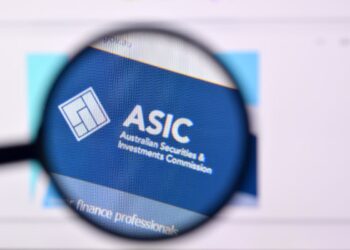Self-managed superannuation funds (SMSFs) are booming and, with employee choice just around the corner, things are set to heat up even further in this sector.
However, not all clients are the same, nor are all SMSFs the same. To help financial planners in this sector here are some of the most important issues to consider when establishing a SMSF for a client.
Is this type of fund appropriate?
Many clients choose SMSFs in order to take control of their superannuation.
However, as the Commissioner of Taxation has pointed out in his books “DIY Super: It’s your money… but not yet” and “Role and responsibilities of Trustees”, trustees must ensure they take responsibility of their fund and meet the strict compliance requirements.
Many clients are not fully aware of these and perhaps would not be in an SMSF if they understood their legal obligations. Many have been sold an SMSF without a thorough analysis of their specific financial position and, more importantly, willingness to act as trustee.
What advice should you give to a client wishing to set up an SMSF where it isn’t appropriate?
Get them to read the Commissioner’s books and focus on issues such as the replacement of trustees, the taxation of non-complying funds and also potential fines and penalties for trustees.
Also ensure they are aware of all the responsibilities that fall upon the trustee of an SMSF.
What procedural steps should you follow when setting up an SMSF?
The most important step is to ensure the client has a product disclosure statement in respect of the specific fund or product offering in the fund — such as a pension, incapacity or death benefit payment.
Following that, they need to execute a trust deed, get appointed as trustee, become a member of the fund, arrange for the fund to be a regulated superannuation fund, get a tax file number, register for GST (in some cases), set up a cash management trust and then start to get money into the fund by way of contributions or rollovers.
How do you effectively communicate the role the client must play?
The best way to communicate to clients is by using the product disclosure statement or the Commissioner’s books. Some companies also offer a DVD explaining the client’s responsibility, saving the adviser time.
What accreditation is required for advisers?
National standards on providing advice on SMSFs have now been issued and the Australian Securities and Investments Commission (ASIC) has included SMSF training courses on the PS 146 register. These standards are the minimum required. Advisers should check with their Australian Financial Services Licensee to ensure they are compliant.
James Cotis is an adviser with Logical Financial Management, a member of Genesys Wealth Advisers.





